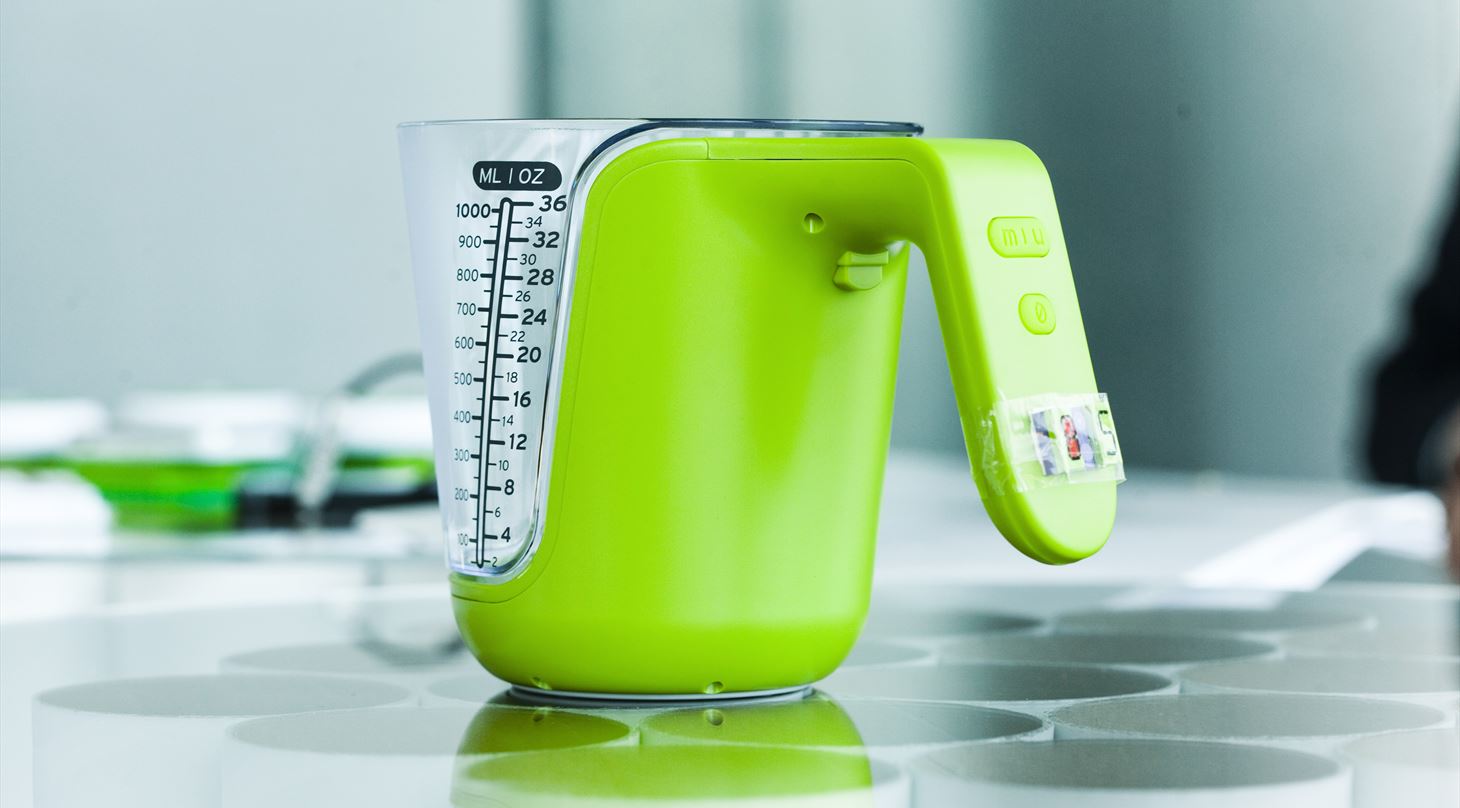
Quality assurance of plastic products - Quality assurance throughout the product’s lifecycle
Select Page
The right quality of a plastic product is crucial for the product’s performance and thus also for the customer experience.
With all or parts of production outsourced, the need to ensure product quality increases.
The quality of a plastic product can be both under- and over specified. When quality is underspecified, there is a high risk of getting a defective product, while overspecification can result in unnecessarily high costs. Quality assurance should therefore be based on the application and processing of the individual plastic product.
In quality assurance, it is important to focus on the entire value chain during development and subsequent production. A material may be suitable and correctly specified for the application but still yield an unsuitable product due to poor processing.
Quality assurance of a product should be considered an ongoing process, starting in the development phase and ending only when the product is no longer produced.
The Danish Technological Institute can assist with:
- Preparing material specifications
- Preparing product specifications
- Developing a test plan for approval of product design and process
- Type testing and approval of product design and process
- Creating a plan for ongoing quality control and assurance (also for outsourced products)
- Implementing and supporting quality tools (DFMEA, PFMEA, PPAP, etc.)
- Ensuring quality requirements in relation to applicable and relevant standards are met (DS, EN, ISO, ASTM, IEC, UL, etc.)
The costs of poor quality (COPQ) include, in addition to visible costs from defective products, significant hidden costs. The COPQ iceberg illustrates the issue. By focusing on the entire value chain in quality assurance, a consistent product with the desired and specified quality is ensured. This results in satisfied customers and protection against high unforeseen costs (COPQ) due to poor quality.